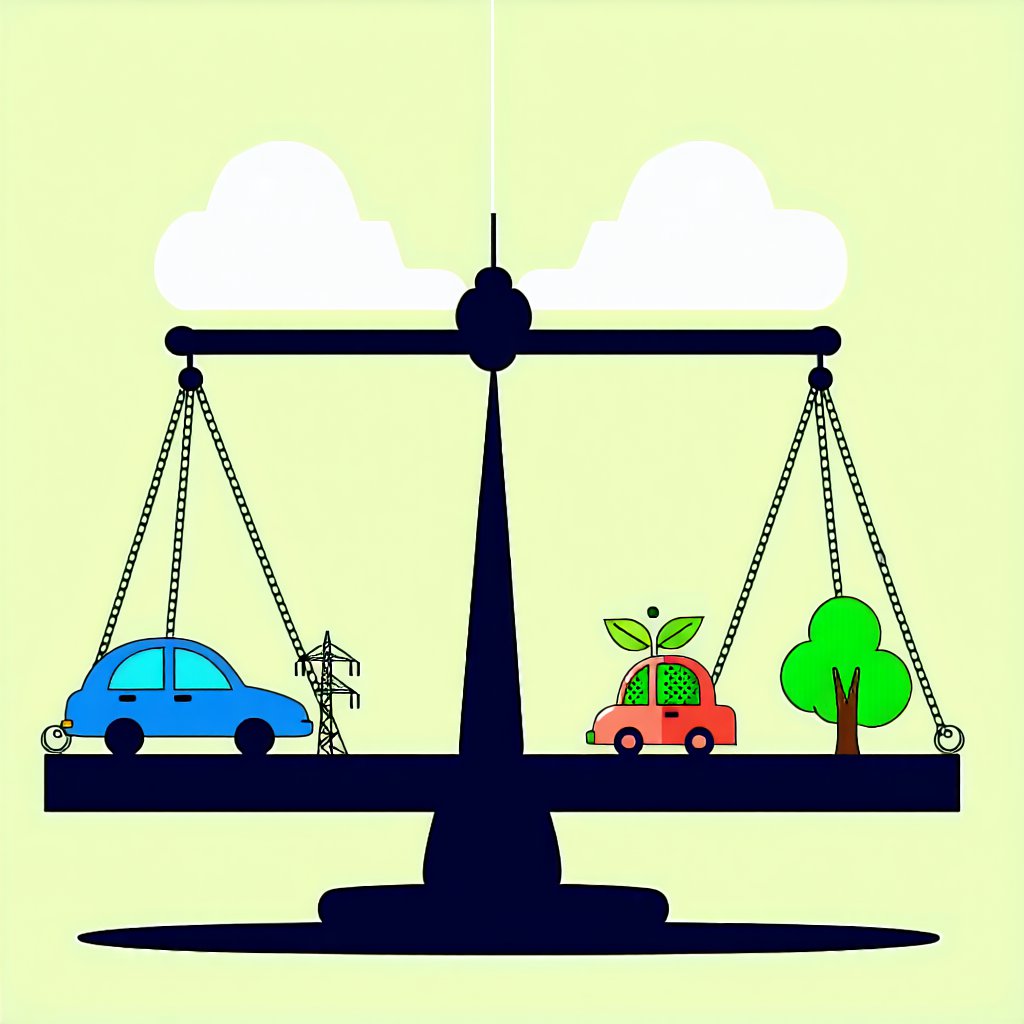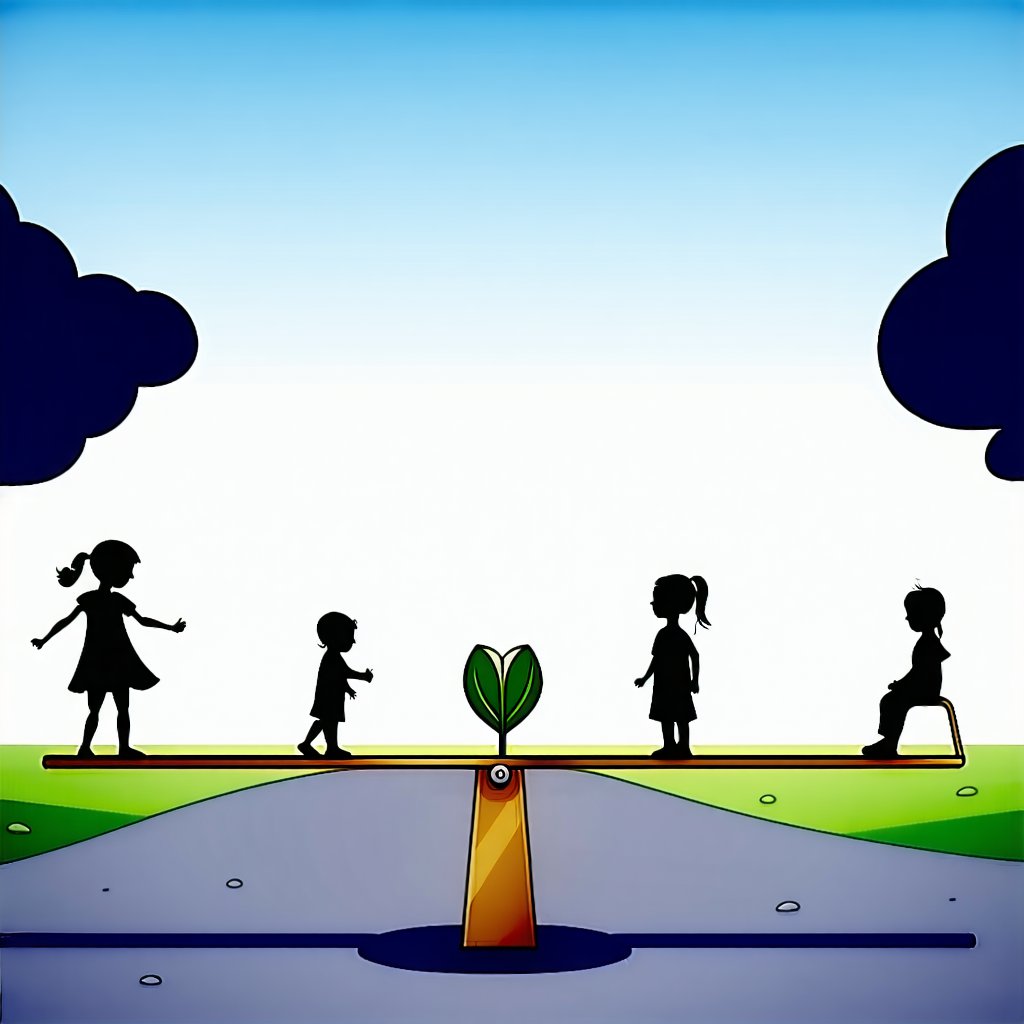carbon neutrality
Carbon neutrality is like having a big balance scale. On one side, you have all the carbon we put into the air, like when we drive cars or use electricity. On the other side, we have things that take carbon out of the air, like trees. To be carbon neutral, we need to make sure both sides of the scale are equal. This means we either put less carbon into the air or find ways to take more carbon out, like planting more trees or using special machines. Imagine you have a balloon that you’re trying to keep the same size. When you blow air into it, it gets bigger, just like how putting carbon into the air makes the Earth warmer. To keep the balloon from getting too big, you need to let some air out. Being carbon neutral means letting out just enough air so that the balloon stays the same size, not too big and not too small.
Imagine you have a balloon that you’re trying to keep the same size. When you blow air into it, it gets bigger, just like how putting carbon into the air makes the Earth warmer. To keep the balloon from getting too big, you need to let some air out. Being carbon neutral means letting out just enough air so that the balloon stays the same size, not too big and not too small. Think of a seesaw at the playground. One side goes up when you add weight, and it comes down when you take weight off. Carbon neutrality is making sure the seesaw stays level, not tilted to one side. We do this by balancing the carbon we add with the carbon we take away.
Think of a seesaw at the playground. One side goes up when you add weight, and it comes down when you take weight off. Carbon neutrality is making sure the seesaw stays level, not tilted to one side. We do this by balancing the carbon we add with the carbon we take away.